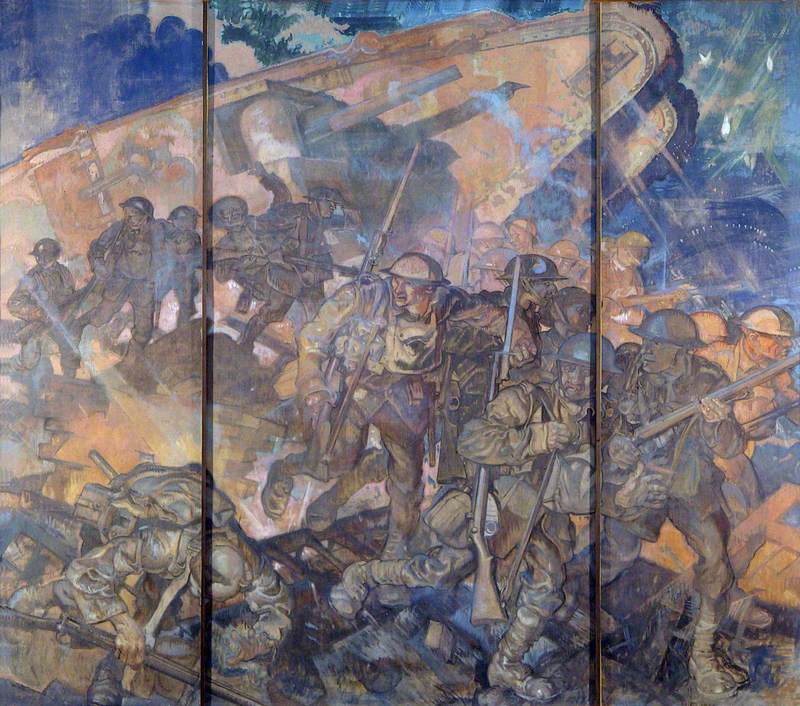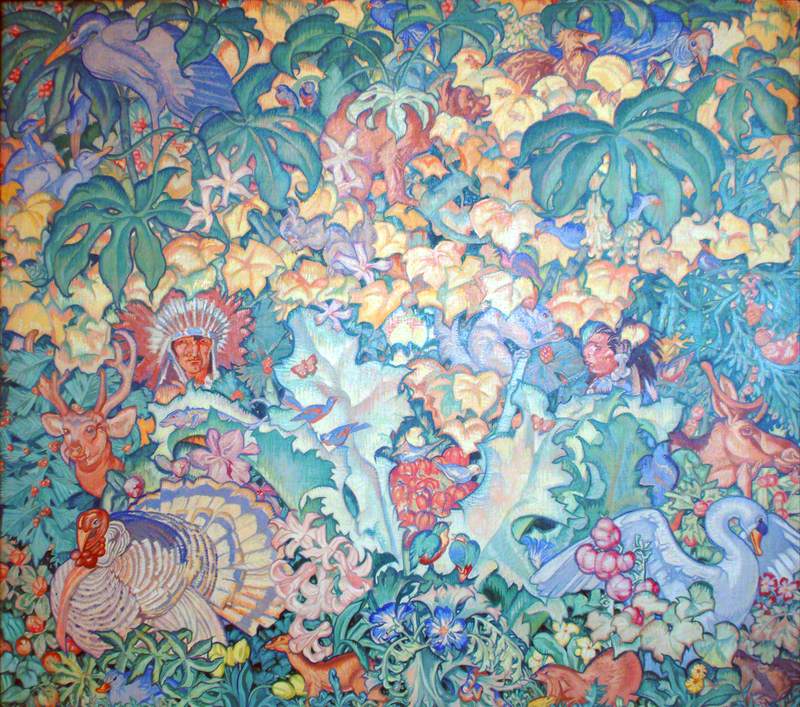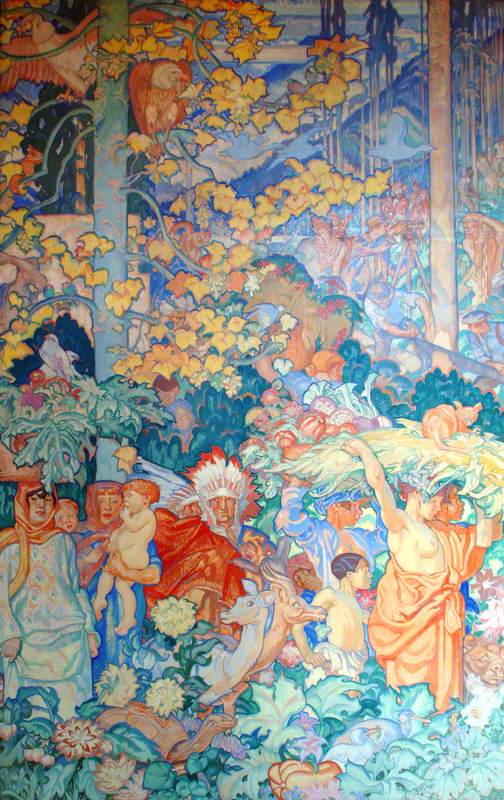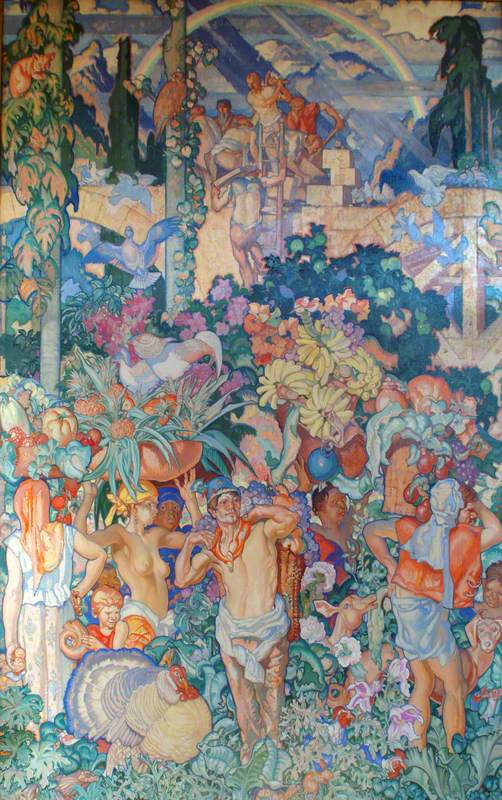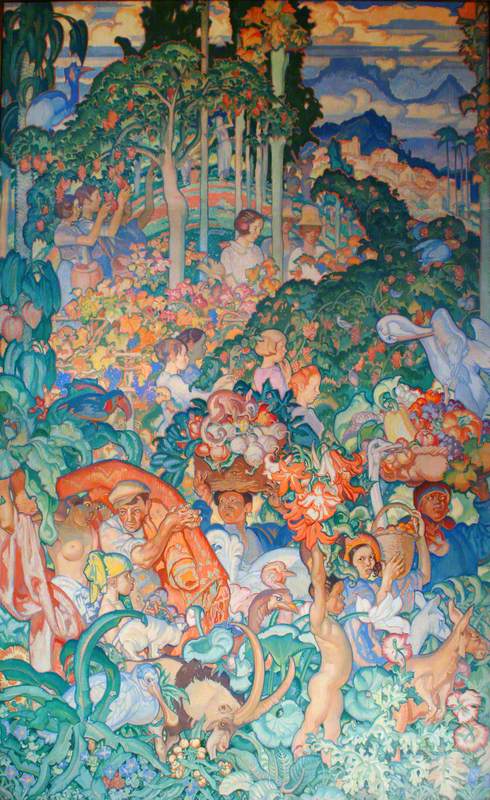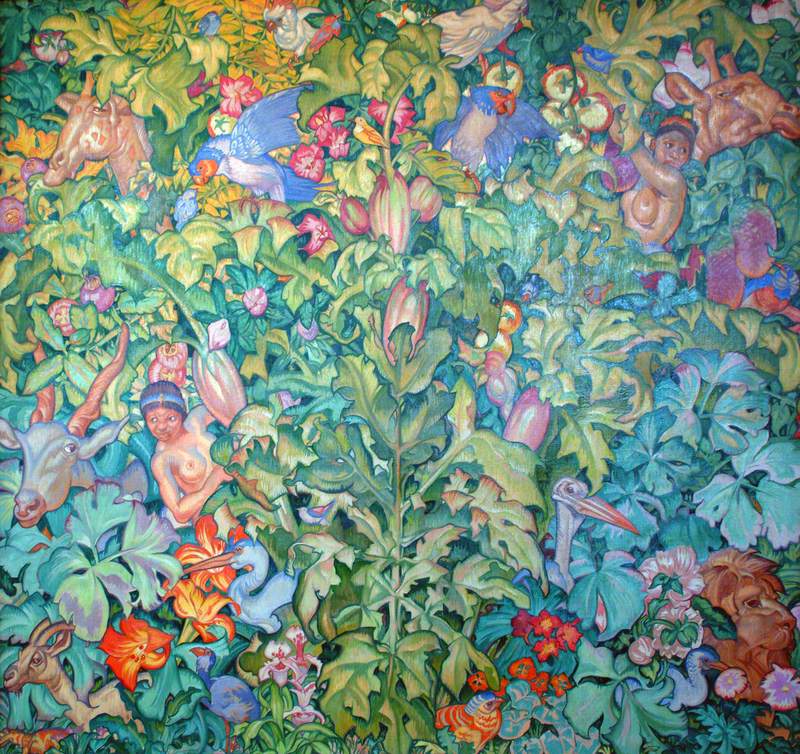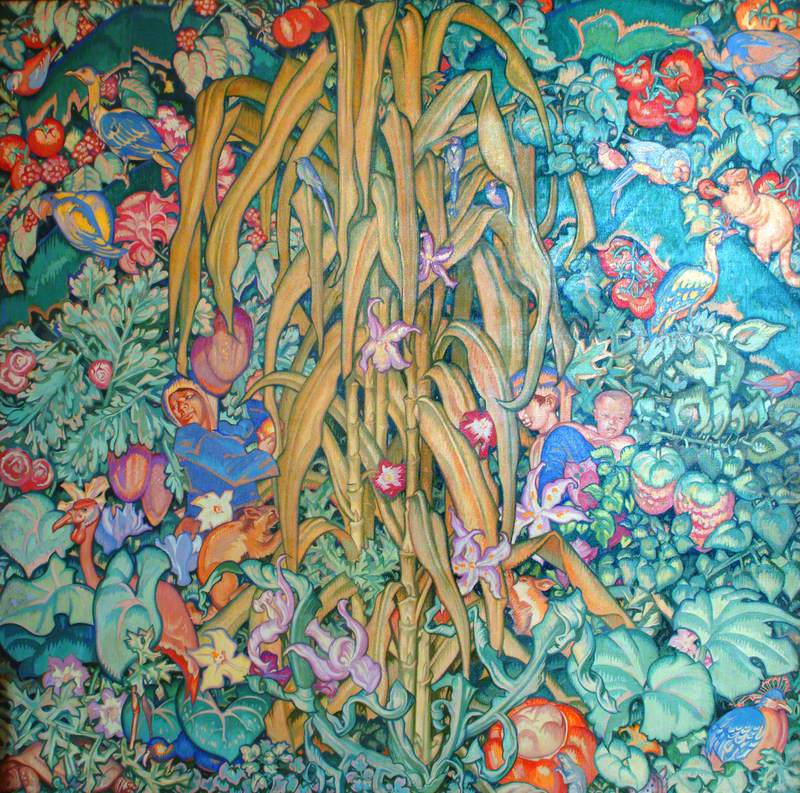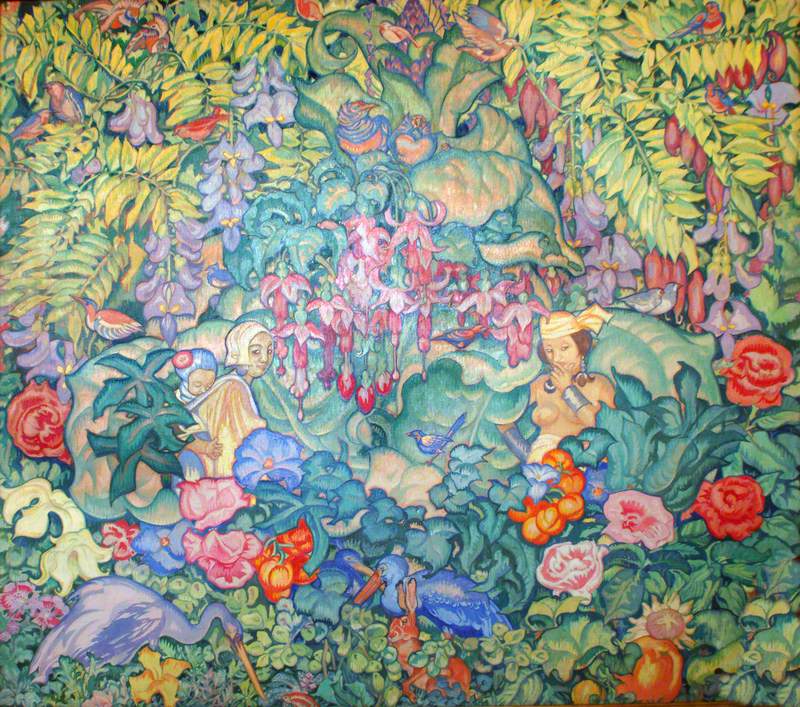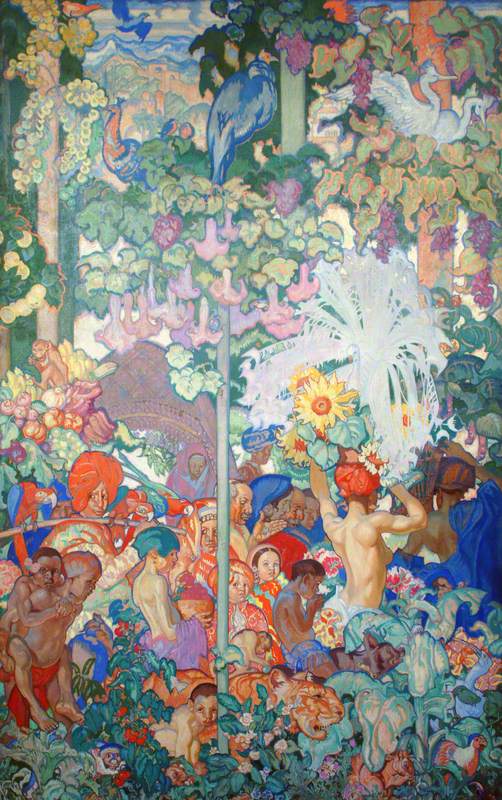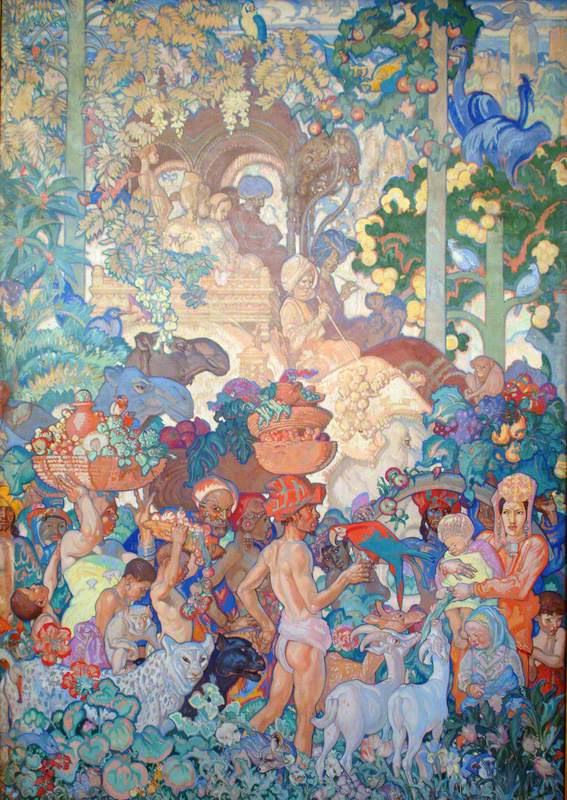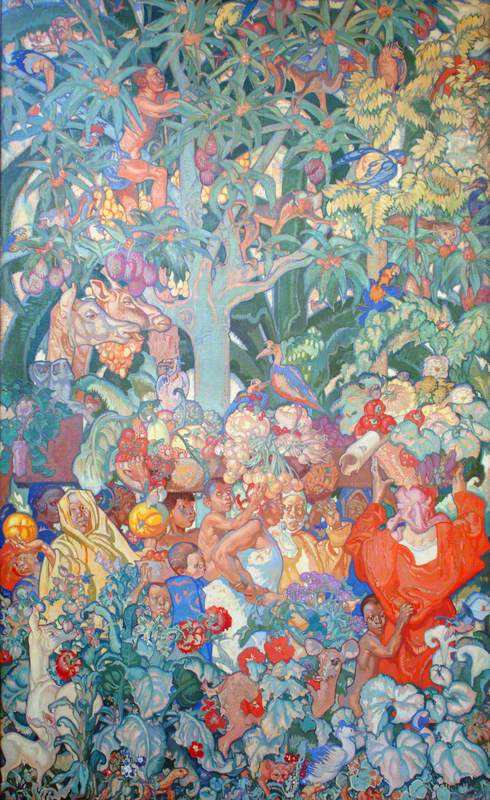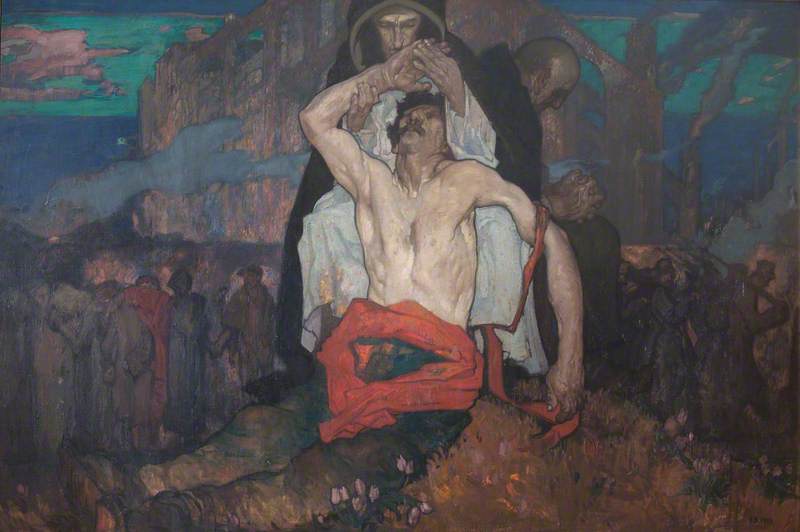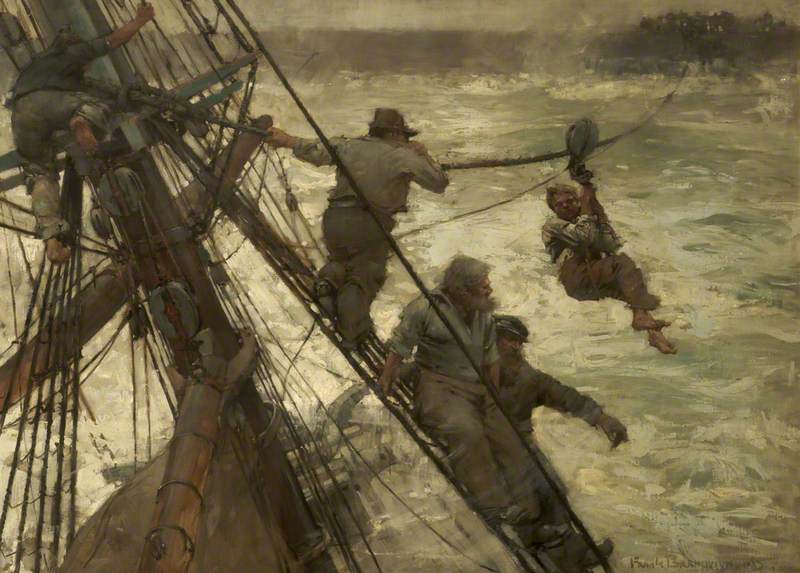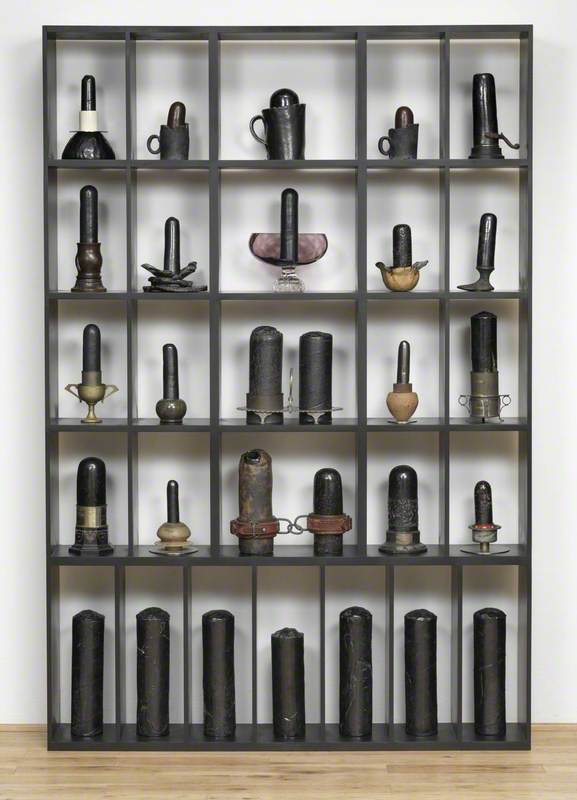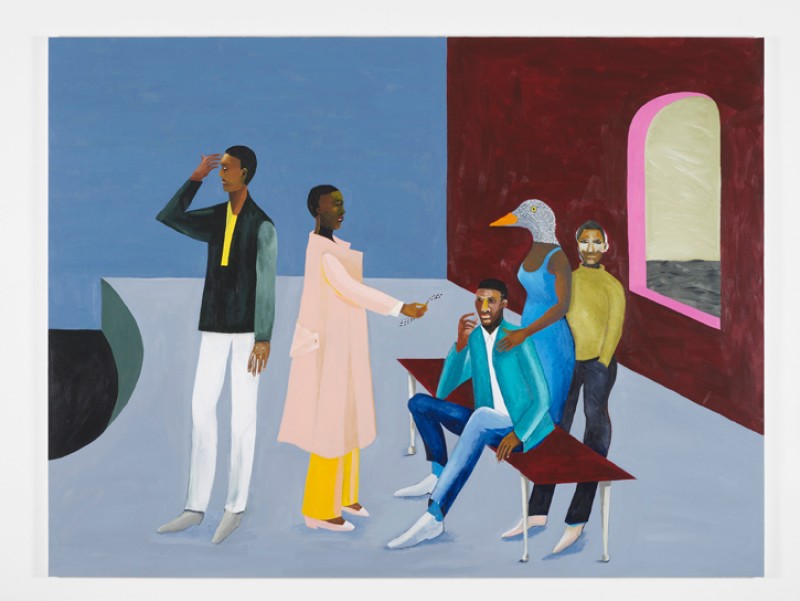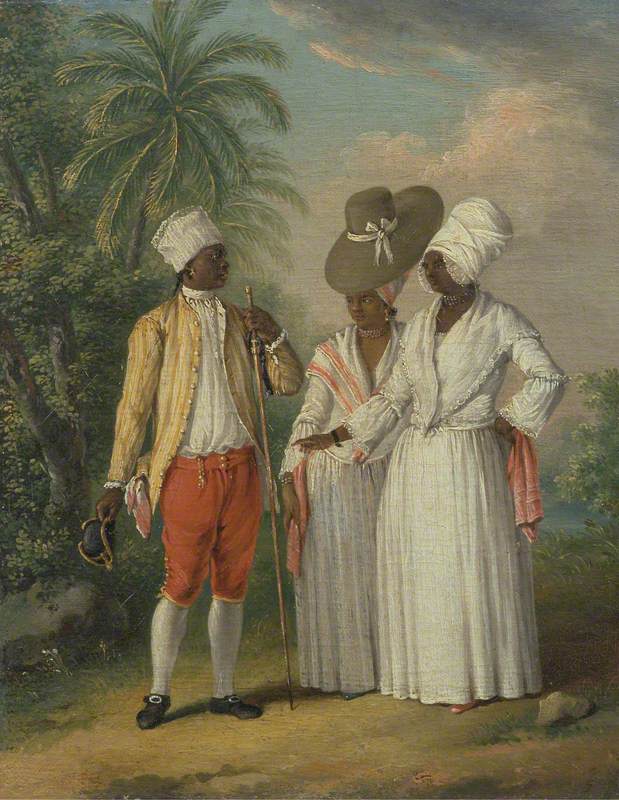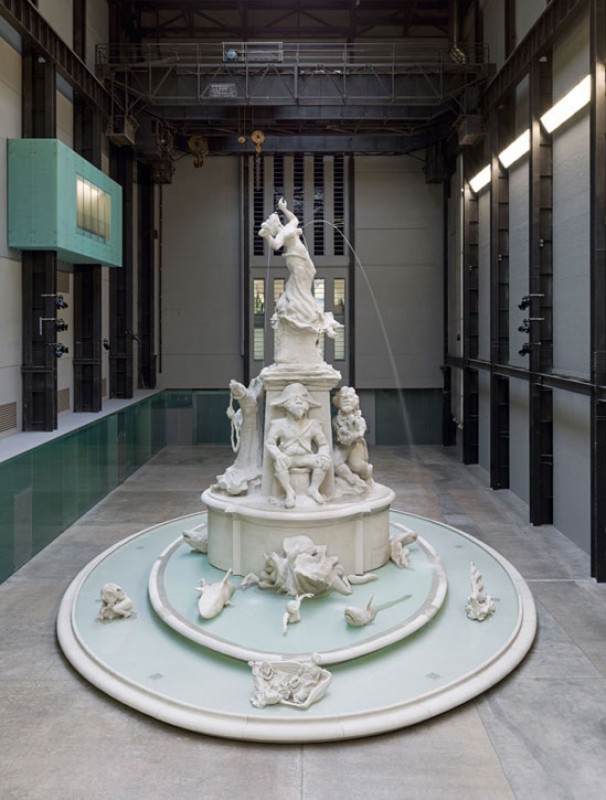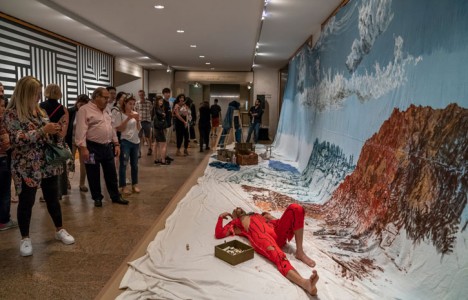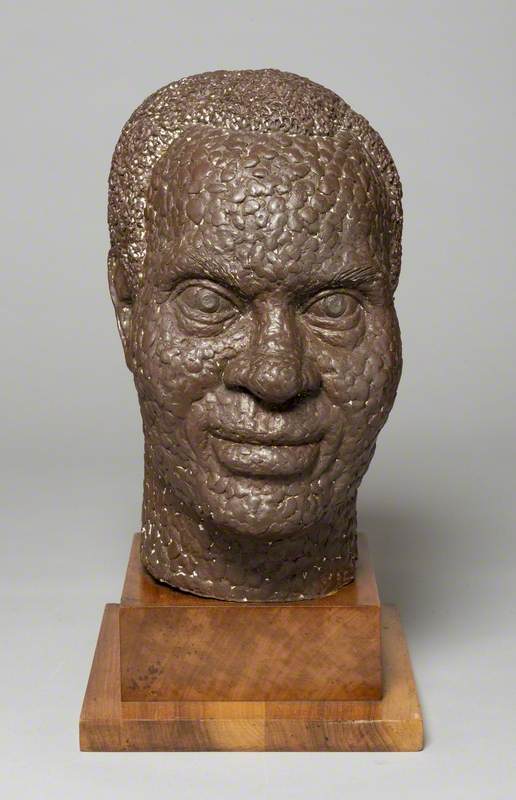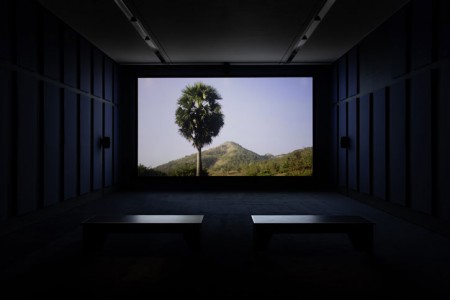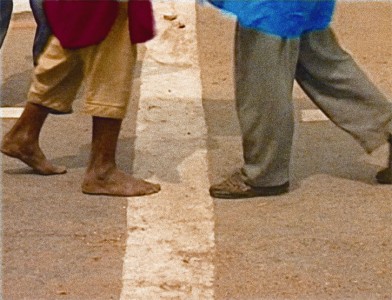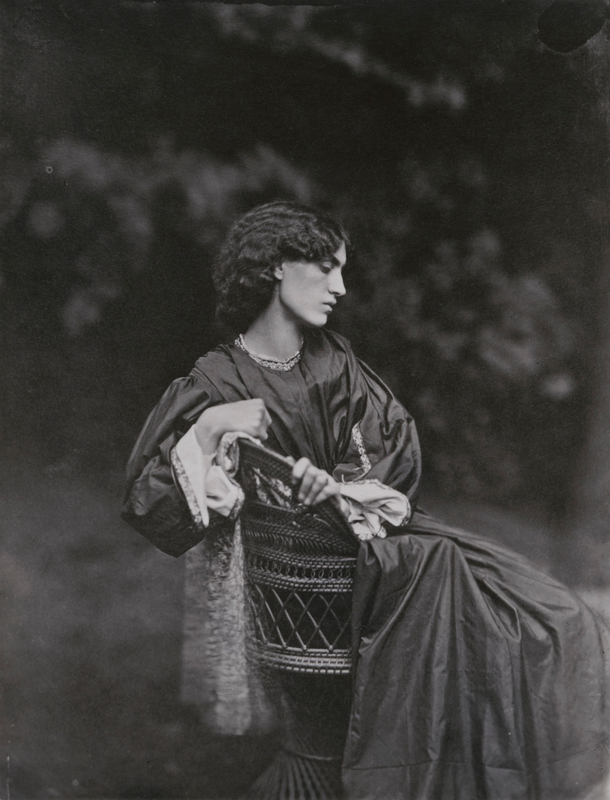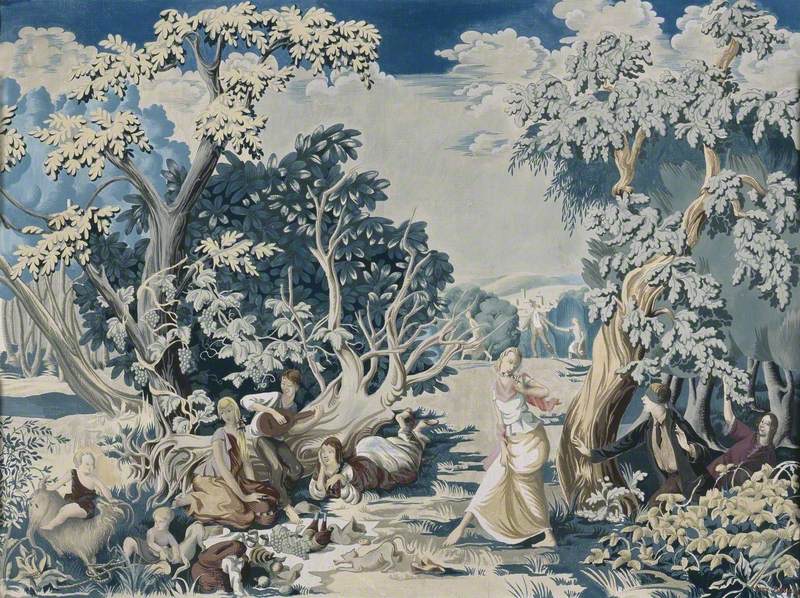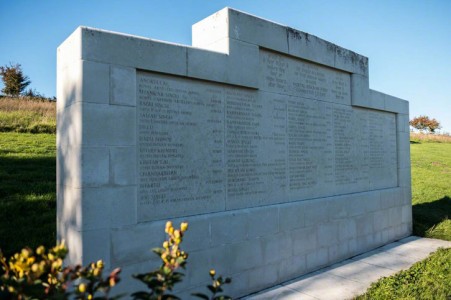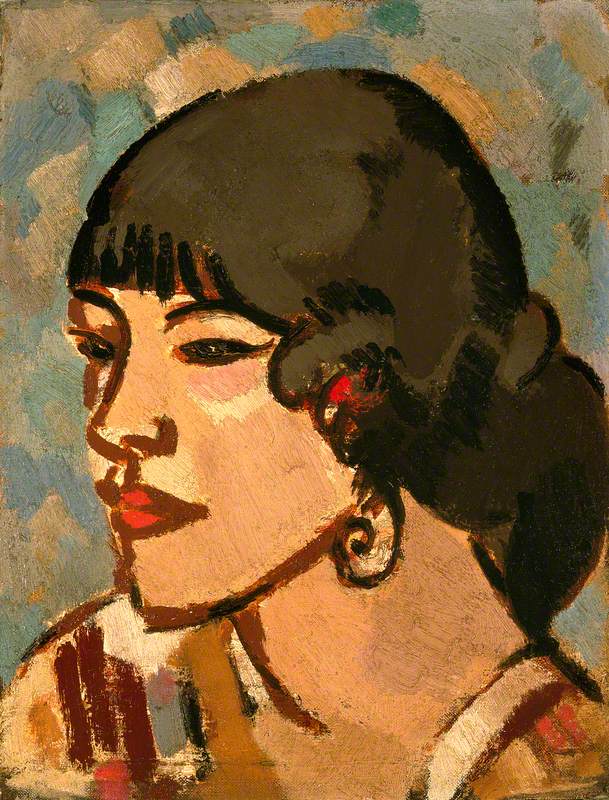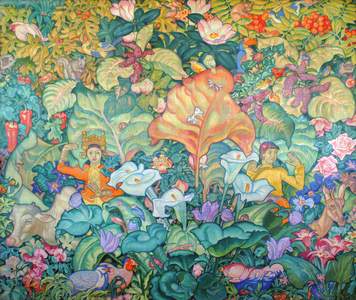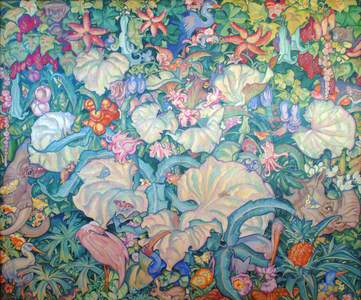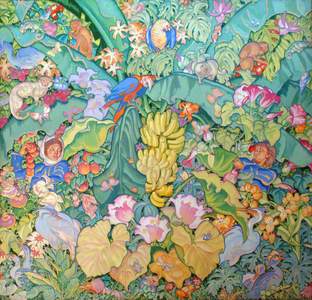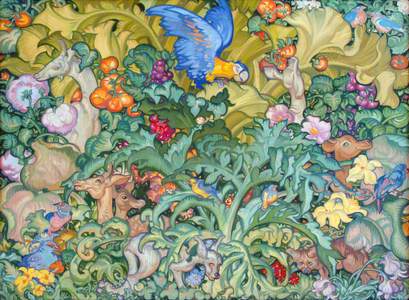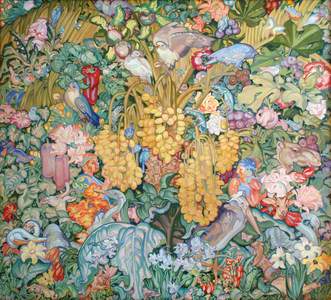There were 16 British Empire Panels in the original set created by Frank Brangwyn as a contribution to the national art heritage. They are now housed in the assembly room in Swansea's Guildhall – named Brangwyn Hall.
Panels at the rear of Brangwyn Hall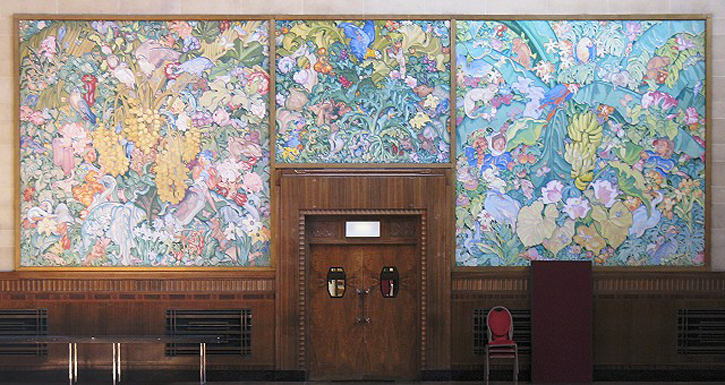
Brangwyn created this 3,000 foot mural – of the range of flora, fauna and people in the entire range of the British Empire (what we might think of later as the Commonwealth) – in the early twentieth century.
Brangwyn's mural panels are full of vivid colours and are visually complex and individually stylistic. The paintings contain many detailed elements, allowing the viewer to appreciate the range, wealth and status of the British Empire as viewed and imagined by the artist.
Interestingly, there are no people represented in the first panel, the England panel: the unspoken centre of the British Commonwealth does not have a human face.
The predominant colour is green, seconded only by the colour wash of blue with the main images being flowers.
The animals present add to the portrayal of an area of contained domesticity – from the cat, the chicken and other farm animals to the trio of butterflies that signify a tranquil country environment.
So, how did these panels come into being?
In 1924, Brangwyn was commissioned by Edward Guinness, Earl of Iveagh of the Royal Fine Arts Commission to create a pair of large canvases as a part of the war memorial to British Peers and their sons who had died in the First World War. The artist had recently undertaken similar mural commissions abroad. These works were intended to hang in the Palace of Westminster's Royal Gallery.
Brangwyn presented two of the 16 panels to Lord Iveagh, including A Tank in Action.
However, these commemorative war paintings, showing active armed conflict, were rejected as too traumatic, amidst much controversy.
Brangwyn was then commissioned to produce an alternative, vibrant celebration of the British colonies in a series of mural panels. Rather than focussing on the conflict of war, this focus, on the 'abundance' of the Empire, was instead to hint at what the country had been fighting for over the last decades. However, the panels were also rejected for the Royal Gallery because they were deemed too colourful and exuberant – they eventually found a home in a new guildhall building when Swansea stepped in.
Brangwyn's use of colour in his works was encouraged by Arthur Melville, a Scottish artist, with whom Brangwyn travelled around Europe, the Near East and South Africa. The vibrancy of the panels tells a story of the intense light and subjects that Brangwyn encountered on his travels. Some of the images are based on fact – the rest may be based on fiction or propaganda of the time.
There are only two people depicted in the first Canada panel: indigenous people of the region are shown quite centrally in the image, wearing their traditional headdresses. However, there are multiple birds and large land animals depicted in this painting.
The second Canada panel appears to show the indigenous people at the bottom and left of the panel, and the incoming Western immigrants shown at the top right as people who are changing the environment – it becomes less dense with the plants and animals as the newcomers start to survey the land, cut down the trees and irrevocably alter the landscape as they put down their own roots.
Panel 4 shows Canada in a state of utopia, with the rainbow framing the entire image of change, along with doves of peace flying around the workers: the top half of the panel is connected to the previous work in panel 3 where the destruction of the landscape started.
This panel is possibly the continuation of propaganda at work, as huge bunches of bananas – which, due to the climate, are not naturally grown in Canada – are central to the image of exotic fruit, and people squashed by progress. The inclusion of this image signifies the global movement of the British people to different locations around the world.
The last Canada panel is the first in the series that includes white or Caucasian people as the main people of the frame – and it is particularly important because it introduces white women and children as part of the British Empire abroad.
Moving to the West Africa panel reveals the continual obsession with Black women's naked forms prevalent in paintings of the eighteenth and nineteenth centuries.
The two women shown are depicted – along with the giraffes, lion and other wild animals – as emerging from the overwhelming abundance of the flora that covered the West African area. Study drawings for the panels, held at the Art Gallery of NSW in Australia, show the artist's initial drawings of semi-clothed women.
The next one in the series is appropriately the West Indies panel. The central overwhelming image is of sugar cane – this is fitting, as sugar was the source of much of the wealth of the British Empire's commercialisation and exploitation of Black Africans in the slavery triangle trade between the UK, Africa and the Caribbean.
The two adult people depicted in this image are working on the land – one of them even has a child strapped to their back as they labour. Tomatoes, native to the South American continent, are shown as the main edible plant in the image.
Moving eastward to panel 8 of Siam, now known as Thailand, we see a similar depiction of the people of the area as were portrayed in the West Indies panel: two adult people, positioned outside in the natural world, one carrying a small child.
These British incursions into the East are shown in a set of panels that appear like a time-lapse image.
The overriding colours are the natural earthy hues of green and yellow, with a vibrant, dangerous splash of red, which includes many of the birds shown at the top of the panel. The animals and birds are shown as relaxed and playful in their environment while in the West Africa panel they are always depicted with their heads up and alert to their surroundings.
The Burma (Myanmar) panel appears to be an image of performative culture with the fully clothed women shown as actors portraying stereotypical stances of the country's identity through Western eyes.
Again, the panels are predominantly green and yellow at the top, and a deep luscious green at the base – as if decay and destruction by the corpulent caterpillars at the top of the image were being replaced by a solid foundation of the incoming Empire.
The tenth British Empire panel – India – continues the tradition of the previous two panels, with the lighter colours at the top of the image, and the denser, darker colours at the base of the painting.
The bottom of the panel is also populated with mainly bare-skinned Indian people, depicted as labourers, primarily carrying a variety of goods. This panel is the first one to introduce a vibrant, deep royal blue colour as clothing on some of the figures.
Panel 11 also focuses on the Indian part of the British Empire, with the main colour of this panel being the earthy brown of both buildings in the background and people in the foreground. The people illustrated are signified as labourers who hold abundant baskets of fruit and household items on their turbaned heads.
This panel (12) is focused on the harvest of the land. It shows a wide range of people picking, carrying and offering natural produce for sale. The idea of bountifulness is also signified by showing a vast number of children in the painting – they are either helping to gather the produce or holding on to the adult carrying the items.
The East Africa panel is dominated by the variety and density of nature, and the size of the wildlife, especially the elephant and the rhinoceros (a study for which is held at The Fitzwilliam Museum).
The absence of people in this image is especially striking because of the previous panel. The 'exotic' pineapple fruit makes its first appearance in this image, in the bottom right corner.
The warmth of the Australia panel is achieved by the subtle use of orange and muted purples and reds.
The inclusion of a white female figure reaching for fruit also imbues this image with a sense of viewing a paradise or Garden of Eden. No indigenous Australians are included in this painting, and the animals all appear docile and non-threatening to human life.
Panel 15, themed around the East Indies, is a return to the earlier format in the series of two people surrounded by flora and a few animals.
This image gives a sense of people being overwhelmed by the large green plant that occupies the centre of the frame and spreads beyond its borders. Bananas also feature in the centre of this panel – like in the Canada panel.
Brangwyn Hall now contains 17 panels, as an additional panel was created to fill the gap above the doorway in the Assembly Hall. The smaller decorative panel is an idyllic image of harmony between nature and the environment.
British Empire Panel (16) Decorative Panel
c.1930
Frank Brangwyn (1867–1956) 
The final panel, North Africa, contains two people, and many repeated elements from other panels in the series. Particular to this panel is the camel (right), and the palm tree leaves.
Brangwyn worked as an apprentice for William Morris between 1882 and 1884, learning the principles of decorative art and design. However, he did not undergo any formal artistic training, and this is shown in the complex and individual style of these panels.
Frank Brangwyn was a prolific artist who created an estimated 12,000 works in his lifetime, including illustrations, paintings, designs for household items and large-scale murals such as the Empire panels. Brangwyn represented Britain at the Venice Biennale and was the first artist to be given a retrospective exhibition at the Royal Academy during his lifetime.
The rejection of his British Empire panels caused Brangwyn to experience a great depression after his seven years of work on the murals, however his unique depiction of the Empire – despite its complicated context in line with colonial ideology – has continued to be reproduced for decades, and Brangwyn's work is held and displayed around the world.
Marjorie H. Morgan, playwright, director, producer and journalist

